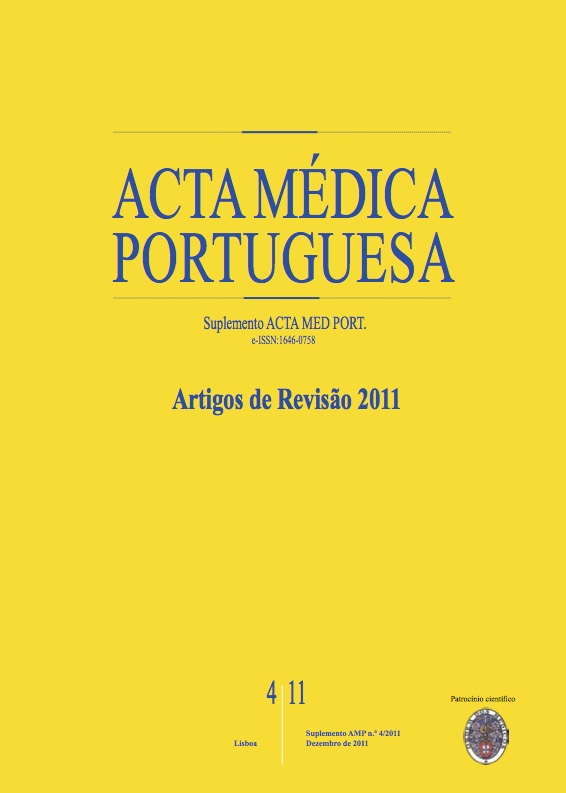Macroprolactinemia--laboratory determination and its clinical significance.
DOI:
https://doi.org/10.20344/amp.1575Abstract
Since prolactin (PRL) (a hormone produced by the anterior pituitary) was first identificated, the existence of hyperprolactinemic syndrome has been recognized. Main symptoms are galactorrhea, oligomenorrhea, amenorrhea and infertility in women and decreased libido and impotence in men. Macroprolactinemia reflects the predominance of circulating forms with reduced bioactivity not associated with typical clinical manifestations of hyperprolactinemia. It is identified by immunoassays commonly used in clinical practice, resulting in hyperprolactinemia. Polyetilenoglycol (PEG) is the most used method that removes PRL from serum. It is likely that the phenomenon of macroprolactinemia is consistently underestimated and unrecognized. Manufacturers of immunoassays for PRL have been slow to incorporate in the literature, validated protocols, and data related to the interference of PEG. From a clinical and biochemical point of view and, the main concern should be to avoid unnecessary investigation and treatment.Downloads
Downloads
How to Cite
Issue
Section
License
All the articles published in the AMP are open access and comply with the requirements of funding agencies or academic institutions. The AMP is governed by the terms of the Creative Commons ‘Attribution – Non-Commercial Use - (CC-BY-NC)’ license, regarding the use by third parties.
It is the author’s responsibility to obtain approval for the reproduction of figures, tables, etc. from other publications.
Upon acceptance of an article for publication, the authors will be asked to complete the ICMJE “Copyright Liability and Copyright Sharing Statement “(http://www.actamedicaportuguesa.com/info/AMP-NormasPublicacao.pdf) and the “Declaration of Potential Conflicts of Interest” (http:// www.icmje.org/conflicts-of-interest). An e-mail will be sent to the corresponding author to acknowledge receipt of the manuscript.
After publication, the authors are authorised to make their articles available in repositories of their institutions of origin, as long as they always mention where they were published and according to the Creative Commons license.









